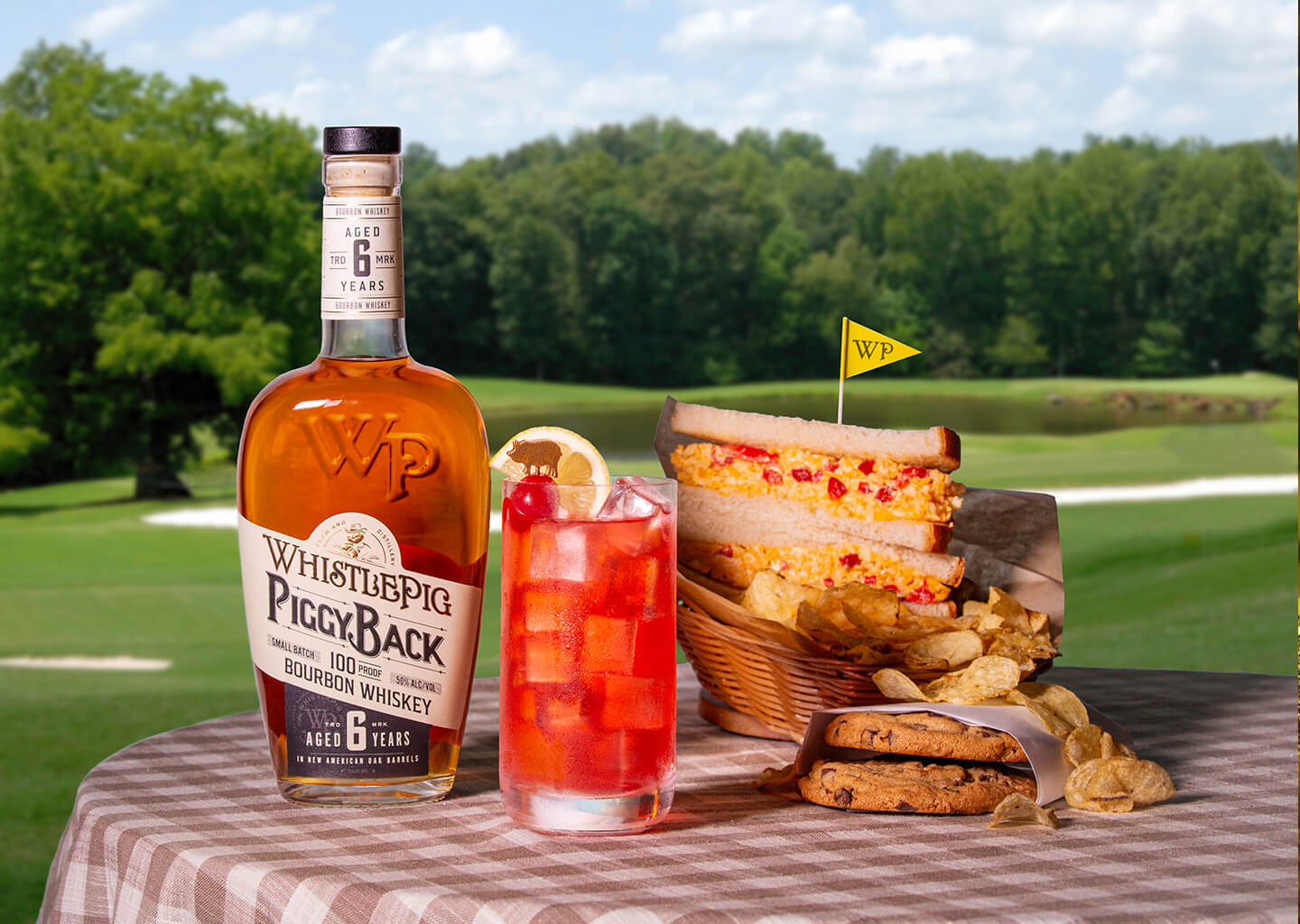What Is Bottled-in-Bond Whiskey?
If you’ve ever spotted the phrase “Bottled-in-Bond” on a whiskey label, you might have wondered what it means—and why it matters. Far from just a nostalgic throwback, this term represents one of the earliest consumer protection laws in the United States, guaranteeing a whiskey’s authenticity, quality, and transparency. For modern whiskey lovers, especially those who value craft and consistency, bottled-in-bond is more than a label—it’s a promise.
In an era where craft spirits are booming and the market is crowded with flashy labels and ambiguous terms, bottled-in-bond stands out as a mark of integrity. That’s exactly why WhistlePig has embraced and evolved the tradition. Our Beyond Bonded Rye Whiskey goes beyond the legal minimums, offering a farm-to-bottle, 100-proof experience that honors the original spirit of the Bottled-in-Bond Act while raising the bar for modern American rye.
In this article, we’ll break down what bottled-in-bond whiskey really is, why it was created, and why it still holds weight with whiskey enthusiasts today.
What Are the Requirements for Bottled-in-Bond Whiskey?
To be legally labeled as bottled-in-bond, a whiskey must meet a strict set of federal standards established by the Bottled-in-Bond Act of 1897—a landmark law designed to protect consumers from adulterated and inconsistent spirits. First, the whiskey must be the product of one distillation season (either January–June or July–December), by one distiller at one distillery. It must then be aged for at least four years in a federally bonded warehouse under government supervision. Finally, it must be bottled at exactly 100 proof (50% ABV) and cannot contain any additives—no coloring, flavoring, or blending with spirits from other seasons or producers. These requirements ensure that what you’re drinking is a true expression of craftsmanship, consistency, and unaltered quality.
Why Was the Bottled-in-Bond Act Created?
In the late 1800s, the American whiskey market was flooded with counterfeit and often dangerous spirits. Unscrupulous producers cut corners by adding everything from tobacco spit and caramel coloring to turpentine and iodine in an attempt to mimic the look and flavor of aged whiskey. With no regulations in place, consumers had no way of knowing what was in their bottle—or whether it was even whiskey at all. This chaotic landscape led to growing public demand for whiskey regulation and greater consumer protection.
To restore trust and elevate standards, the U.S. government passed the Bottled-in-Bond Act of 1897—the first federal law guaranteeing the authenticity of a consumable product. By introducing clear requirements and placing government oversight on bonded warehouses, the law created a gold standard for whiskey. It marked a turning point in whiskey history, elevating quality and transparency while pushing out the wave of fake whiskey that plagued the 19th-century spirits industry. For distillers who took pride in their product, like WhistlePig does today, it became a badge of honor.
Why Bottled-in-Bond Whiskey Still Matters Today
In a modern spirits market filled with marketing buzzwords and vague production claims, bottled-in-bond remains one of the few labels backed by law—and that’s exactly why it still matters. For today’s whiskey drinkers, it offers a rare level of trust and transparency, providing clear proof of origin, aging, and strength. When you pick up a bottle of WhistlePig Beyond Bonded Bourbon, you’re not just getting a high-proof, farm-to-bottle bourbon—you’re getting whiskey made under rigorous standards with nothing added and nothing hidden.
Beyond its legal definition, bottled-in-bond has become a symbol of whiskey authenticity and whiskey quality, often embraced by brands that value heritage and craft. These expressions tend to reflect traditional craftsmanship, hearkening back to an era when distillers focused on purity, consistency, and character. Whether you're a newcomer seeking a trusted whiskey label or a seasoned enthusiast looking for something with depth and integrity, bottled-in-bond remains a benchmark worth exploring.
Understanding what bottled-in-bond means isn’t just for whiskey nerds—it’s a way to make more informed, confident choices about what you’re drinking. In a category where marketing terms can be misleading, the bottled-in-bond label stands out as a government-backed guarantee of authenticity, quality, and tradition. Whether you’re exploring your first high-proof rye or adding to an established collection, knowing the story behind this label helps you appreciate the craftsmanship in every sip.
If you’re ready to experience what bottled-in-bond whiskey is all about, we invite you to visit our WhistlePig Tasting Rooms in Vermont. There, you can sample Beyond Bonded expressions straight from the source—made with grain grown on our farm, distilled and aged on-site, and bottled with pride. Can’t make it in person? Look for bonded labels at your favorite bottle shop or whiskey bar, and raise a glass to America’s original whiskey standard.
Bottled-in-Bond Whiskey Frequently Asked Questions
1. What does “bottled-in-bond” mean in whiskey?
Bottled-in-bond is a legal designation that guarantees a whiskey was distilled in one season, by one distiller, at one distillery, aged at least four years in a federally bonded warehouse, and bottled at exactly 100 proof (50% ABV).
2. Is bottled-in-bond whiskey better quality?
While “better” is subjective, bottled-in-bond whiskeys offer a high level of transparency and are often associated with traditional, high-quality production methods. Many whiskey enthusiasts view the label as a mark of trust and craftsmanship.
3. Can bourbon and rye both be bottled-in-bond?
Yes. Bottled-in-bond refers to how the whiskey is made and not the type of grain used. Bourbon, rye, and even other types of whiskey can be labeled bottled-in-bond if they meet all legal requirements.
4. Does bottled-in-bond whiskey have to be made in the U.S.?
The bottled-in-bond designation is specific to the United States and was established by U.S. law. Other countries may have similar standards, but only American-made whiskeys can legally carry this label.
5. What are some examples of bottled-in-bond whiskeys to try?
We take pride in our notable examples of bonded whiskeys: the Whistlepig Beyond Bonded Rye and Beyond Bonded Bourbon. Both whiskeys meet the legal definition and are bottled in bonded whiskey.
If you’ve ever spotted the phrase “Bottled-in-Bond” on a whiskey label, you might have wondered what it means—and why it matters. Far from just a nostalgic throwback, this term represents one of the earliest consumer protection laws in the United States, guaranteeing a whiskey’s authenticity, quality, and transparency. For modern whiskey lovers, especially those who value craft and consistency, bottled-in-bond is more than a label—it’s a promise.
In an era where craft spirits are booming and the market is crowded with flashy labels and ambiguous terms, bottled-in-bond stands out as a mark of integrity. That’s exactly why WhistlePig has embraced and evolved the tradition. Our Beyond Bonded Rye Whiskey goes beyond the legal minimums, offering a farm-to-bottle, 100-proof experience that honors the original spirit of the Bottled-in-Bond Act while raising the bar for modern American rye.
In this article, we’ll break down what bottled-in-bond whiskey really is, why it was created, and why it still holds weight with whiskey enthusiasts today.
What Are the Requirements for Bottled-in-Bond Whiskey?
To be legally labeled as bottled-in-bond, a whiskey must meet a strict set of federal standards established by the Bottled-in-Bond Act of 1897—a landmark law designed to protect consumers from adulterated and inconsistent spirits. First, the whiskey must be the product of one distillation season (either January–June or July–December), by one distiller at one distillery. It must then be aged for at least four years in a federally bonded warehouse under government supervision. Finally, it must be bottled at exactly 100 proof (50% ABV) and cannot contain any additives—no coloring, flavoring, or blending with spirits from other seasons or producers. These requirements ensure that what you’re drinking is a true expression of craftsmanship, consistency, and unaltered quality.
Why Was the Bottled-in-Bond Act Created?
In the late 1800s, the American whiskey market was flooded with counterfeit and often dangerous spirits. Unscrupulous producers cut corners by adding everything from tobacco spit and caramel coloring to turpentine and iodine in an attempt to mimic the look and flavor of aged whiskey. With no regulations in place, consumers had no way of knowing what was in their bottle—or whether it was even whiskey at all. This chaotic landscape led to growing public demand for whiskey regulation and greater consumer protection.
To restore trust and elevate standards, the U.S. government passed the Bottled-in-Bond Act of 1897—the first federal law guaranteeing the authenticity of a consumable product. By introducing clear requirements and placing government oversight on bonded warehouses, the law created a gold standard for whiskey. It marked a turning point in whiskey history, elevating quality and transparency while pushing out the wave of fake whiskey that plagued the 19th-century spirits industry. For distillers who took pride in their product, like WhistlePig does today, it became a badge of honor.
Why Bottled-in-Bond Whiskey Still Matters Today
In a modern spirits market filled with marketing buzzwords and vague production claims, bottled-in-bond remains one of the few labels backed by law—and that’s exactly why it still matters. For today’s whiskey drinkers, it offers a rare level of trust and transparency, providing clear proof of origin, aging, and strength. When you pick up a bottle of WhistlePig Beyond Bonded Bourbon, you’re not just getting a high-proof, farm-to-bottle bourbon—you’re getting whiskey made under rigorous standards with nothing added and nothing hidden.
Beyond its legal definition, bottled-in-bond has become a symbol of whiskey authenticity and whiskey quality, often embraced by brands that value heritage and craft. These expressions tend to reflect traditional craftsmanship, hearkening back to an era when distillers focused on purity, consistency, and character. Whether you're a newcomer seeking a trusted whiskey label or a seasoned enthusiast looking for something with depth and integrity, bottled-in-bond remains a benchmark worth exploring.
Understanding what bottled-in-bond means isn’t just for whiskey nerds—it’s a way to make more informed, confident choices about what you’re drinking. In a category where marketing terms can be misleading, the bottled-in-bond label stands out as a government-backed guarantee of authenticity, quality, and tradition. Whether you’re exploring your first high-proof rye or adding to an established collection, knowing the story behind this label helps you appreciate the craftsmanship in every sip.
If you’re ready to experience what bottled-in-bond whiskey is all about, we invite you to visit our WhistlePig Tasting Rooms in Vermont. There, you can sample Beyond Bonded expressions straight from the source—made with grain grown on our farm, distilled and aged on-site, and bottled with pride. Can’t make it in person? Look for bonded labels at your favorite bottle shop or whiskey bar, and raise a glass to America’s original whiskey standard.
Bottled-in-Bond Whiskey Frequently Asked Questions
1. What does “bottled-in-bond” mean in whiskey?
Bottled-in-bond is a legal designation that guarantees a whiskey was distilled in one season, by one distiller, at one distillery, aged at least four years in a federally bonded warehouse, and bottled at exactly 100 proof (50% ABV).
2. Is bottled-in-bond whiskey better quality?
While “better” is subjective, bottled-in-bond whiskeys offer a high level of transparency and are often associated with traditional, high-quality production methods. Many whiskey enthusiasts view the label as a mark of trust and craftsmanship.
3. Can bourbon and rye both be bottled-in-bond?
Yes. Bottled-in-bond refers to how the whiskey is made and not the type of grain used. Bourbon, rye, and even other types of whiskey can be labeled bottled-in-bond if they meet all legal requirements.
4. Does bottled-in-bond whiskey have to be made in the U.S.?
The bottled-in-bond designation is specific to the United States and was established by U.S. law. Other countries may have similar standards, but only American-made whiskeys can legally carry this label.
5. What are some examples of bottled-in-bond whiskeys to try?
We take pride in our notable examples of bonded whiskeys: the Whistlepig Beyond Bonded Rye and Beyond Bonded Bourbon. Both whiskeys meet the legal definition and are bottled in bonded whiskey.











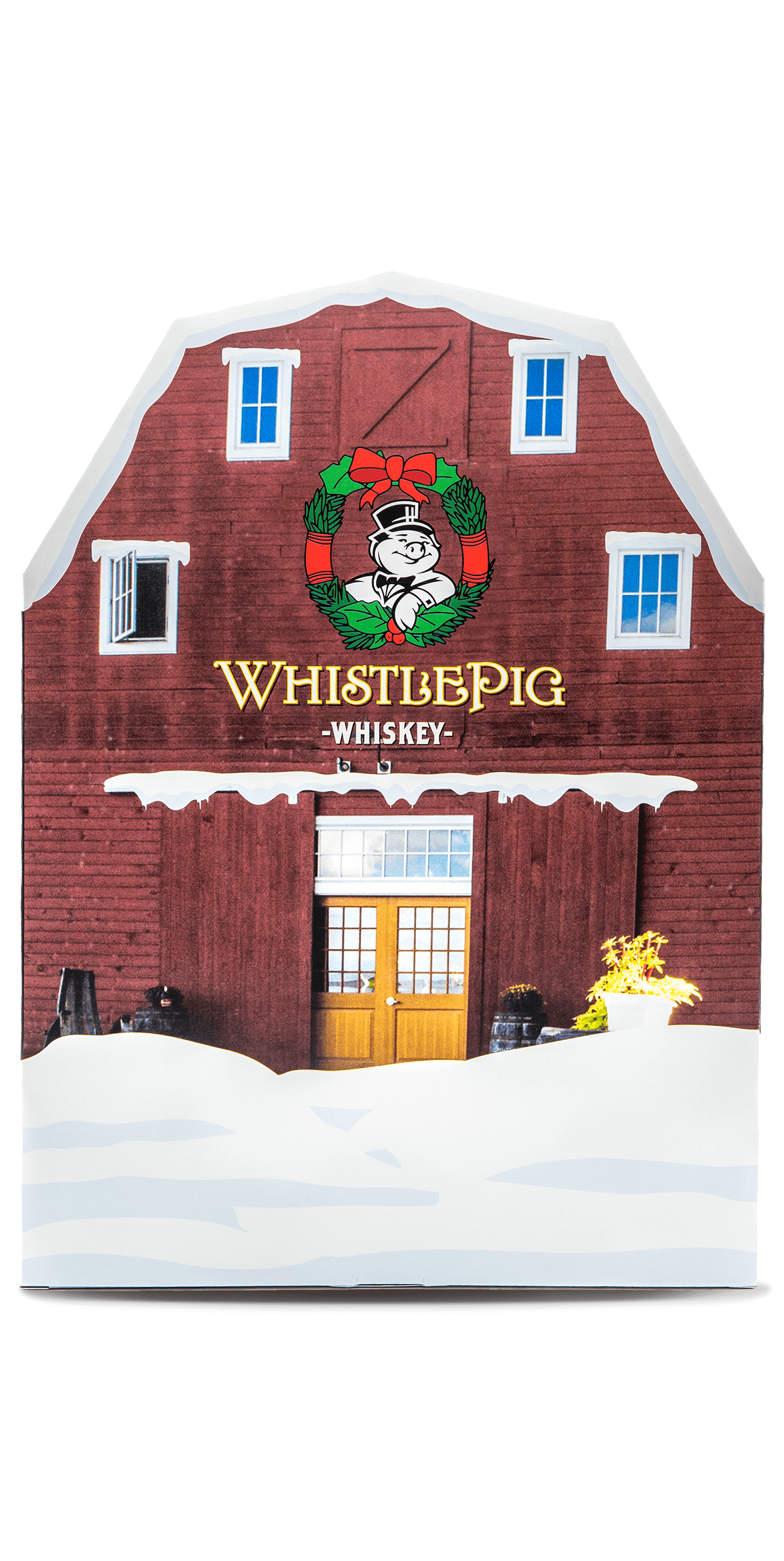
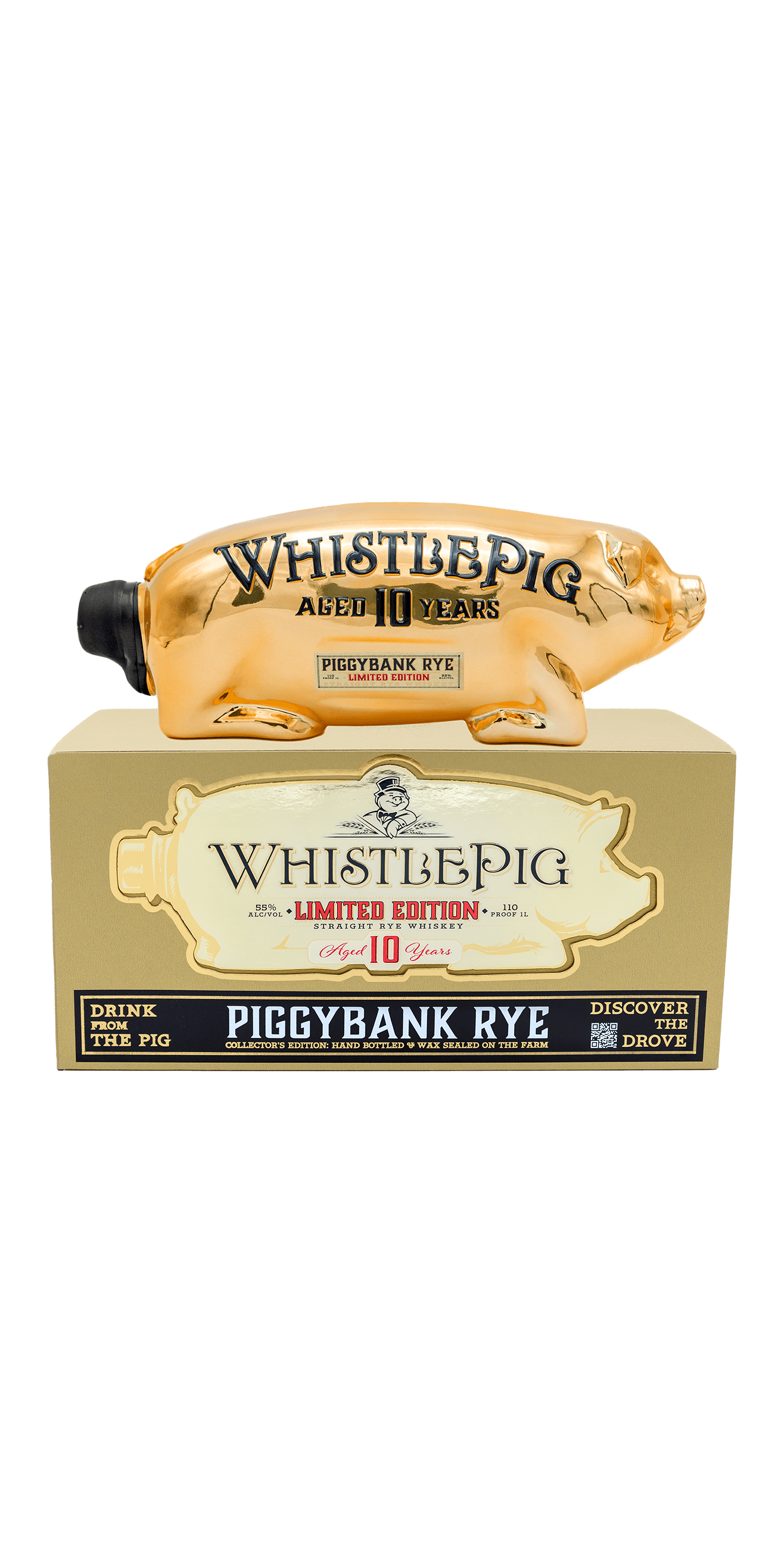


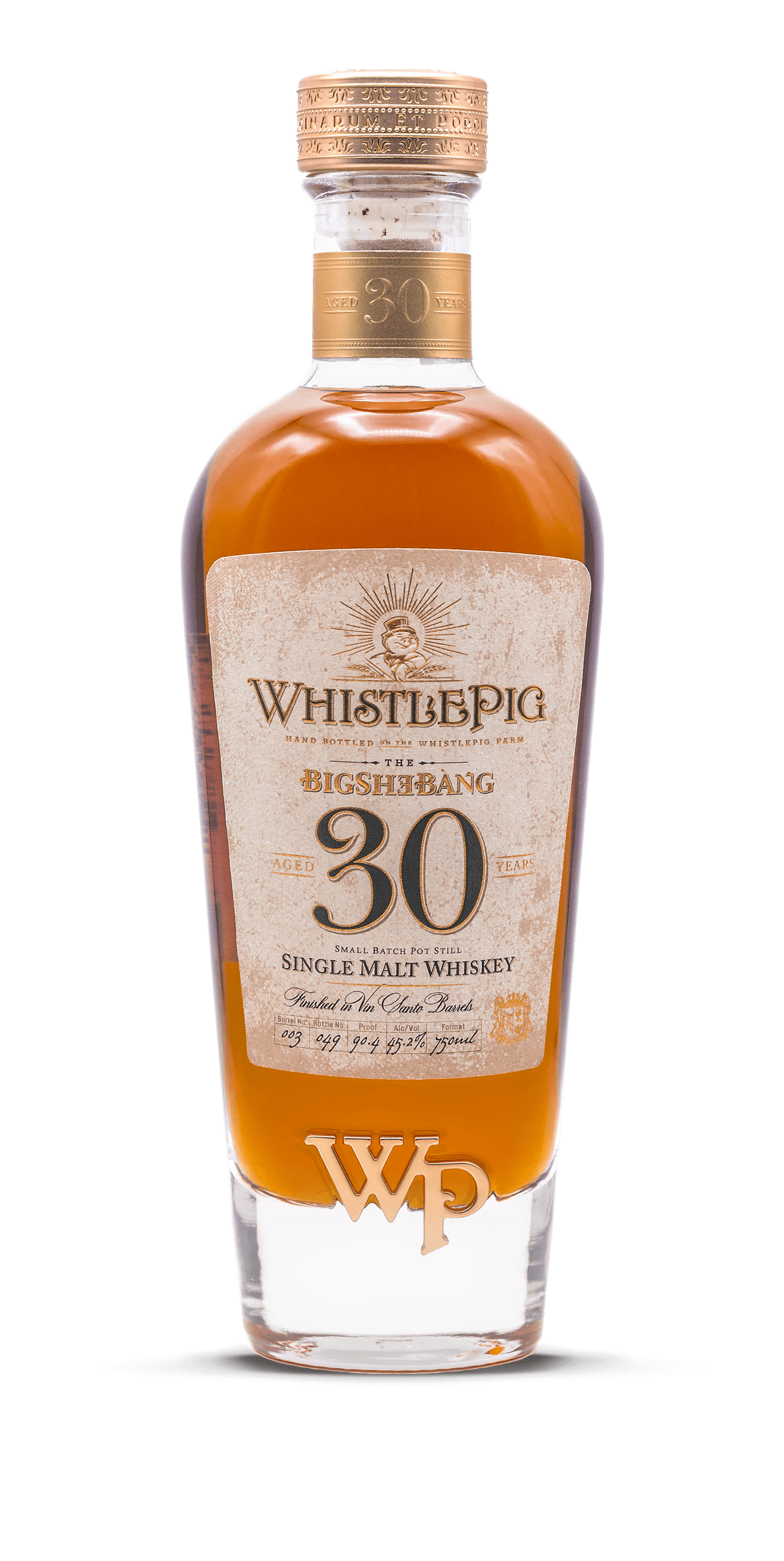









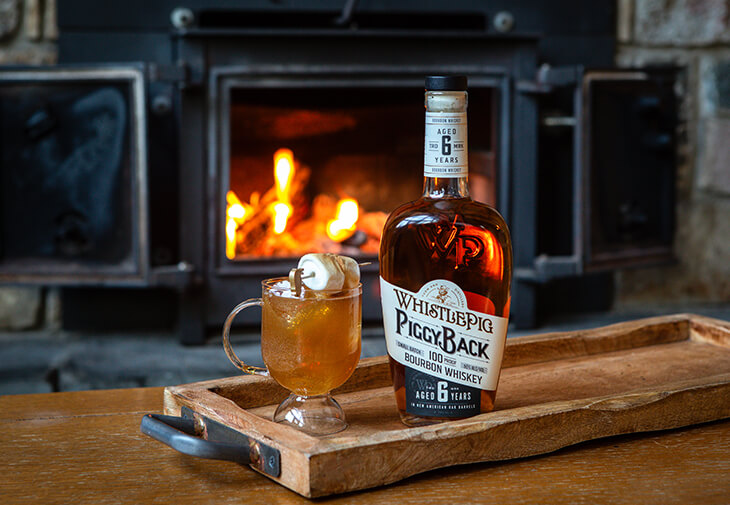



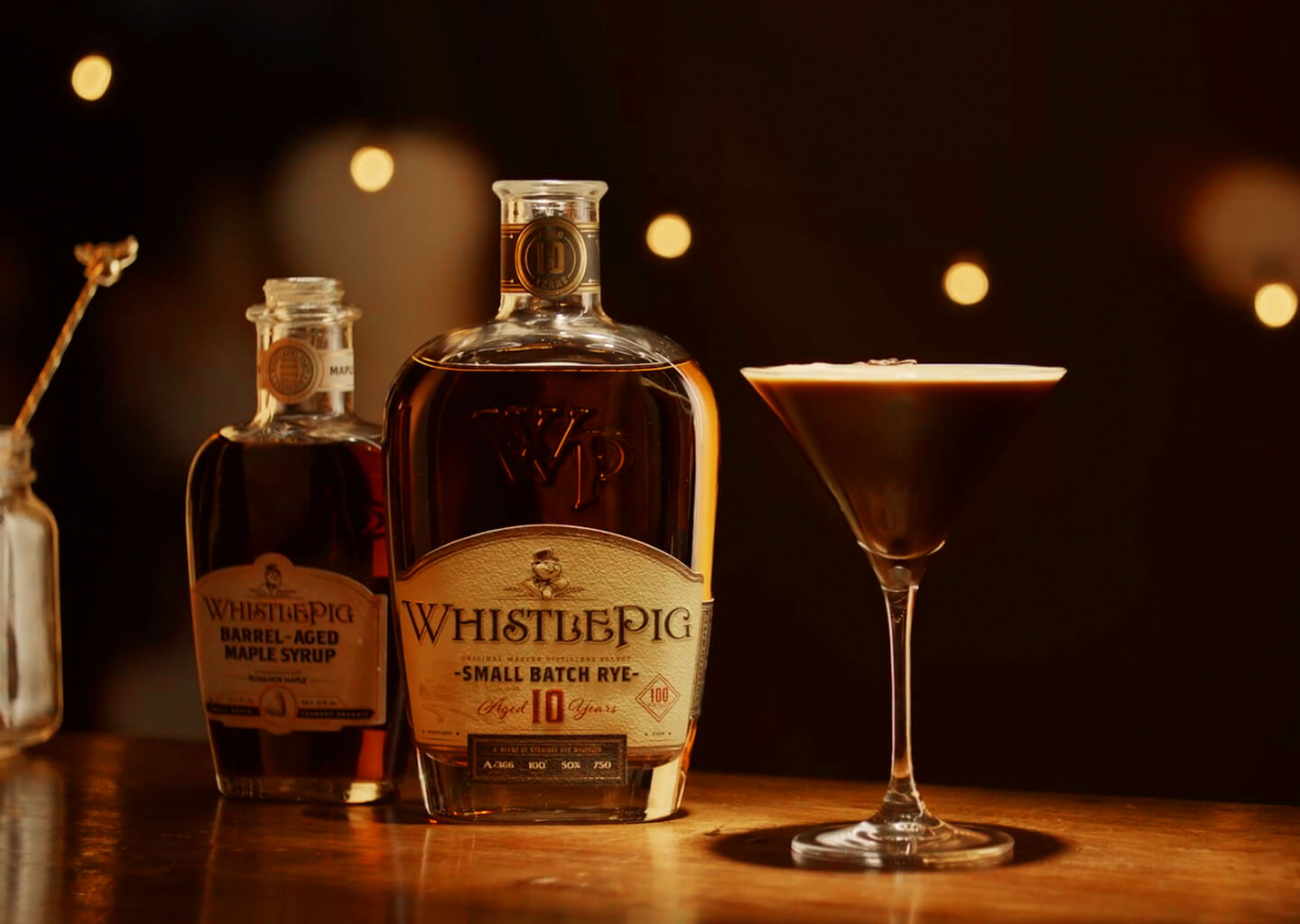






.jpg)




